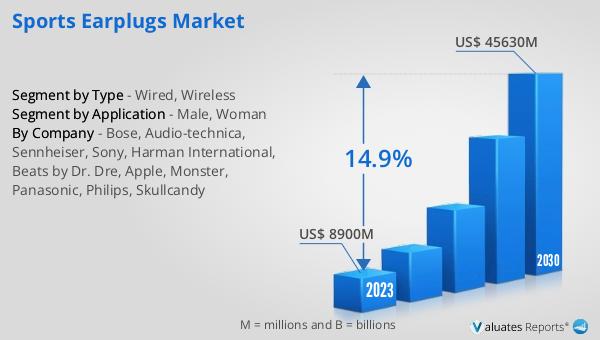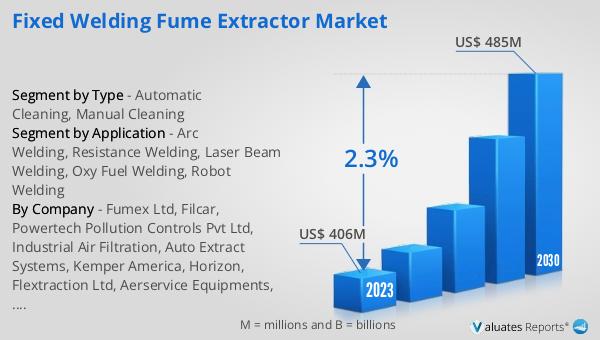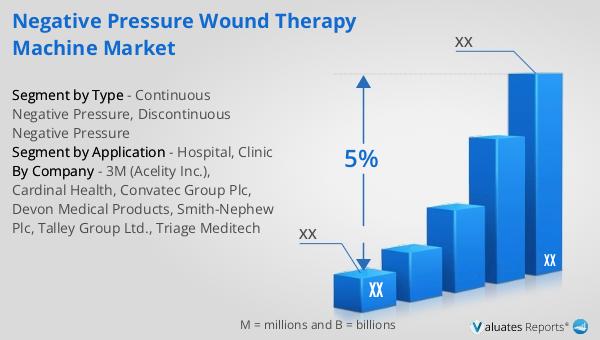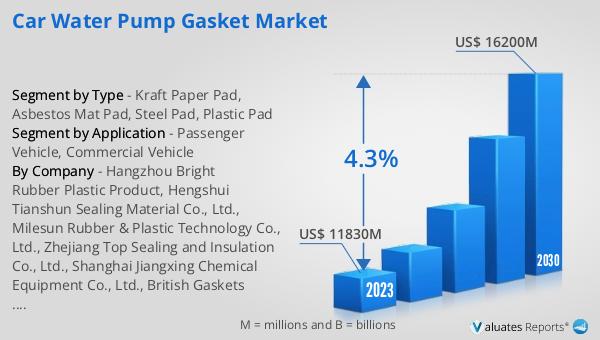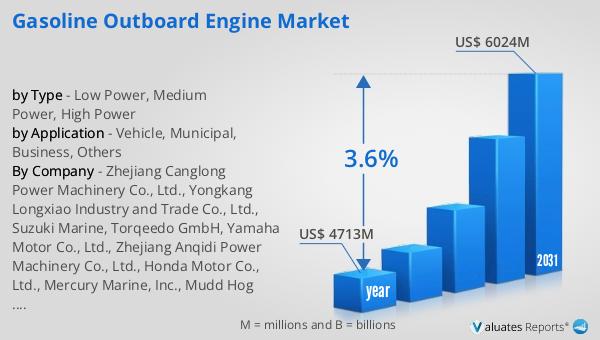What is Global Organic Light Emitting Diode Display Market?
The Global Organic Light Emitting Diode (OLED) Display Market is a rapidly growing sector within the broader display technology industry. OLED displays are known for their superior image quality, including better contrast, faster refresh rates, and more vibrant colors compared to traditional LCD screens. These displays are made using organic compounds that emit light when an electric current is applied, eliminating the need for a backlight and allowing for thinner and more flexible screens. This technology is being increasingly adopted in various applications such as smartphones, televisions, wearable devices, and automotive displays. The market is driven by the rising demand for high-quality display panels, advancements in OLED technology, and the increasing use of OLED displays in consumer electronics. Additionally, the growing trend of smart devices and the need for energy-efficient display solutions are further propelling the market's growth. As a result, the Global OLED Display Market is expected to witness significant expansion in the coming years, with numerous opportunities for innovation and development.

Transparent Organic Light Emitting Diode, Stacked Organic Light Emitting Diodes, Inverted Organic Light Emitting Diode in the Global Organic Light Emitting Diode Display Market:
Transparent Organic Light Emitting Diodes (TOLEDs), Stacked Organic Light Emitting Diodes (SOLEDs), and Inverted Organic Light Emitting Diodes (IOLEDs) are specialized types of OLEDs that cater to different needs within the Global OLED Display Market. TOLEDs are unique because they allow light to pass through them, making them ideal for applications where transparency is crucial, such as heads-up displays in vehicles, augmented reality devices, and smart windows. This transparency feature is achieved by using transparent electrodes and substrates, which enable the display to be see-through when turned off and to show images when turned on. On the other hand, SOLEDs are designed to enhance the brightness and efficiency of OLED displays by stacking multiple layers of organic materials. This stacking technique allows for the emission of more light from a smaller area, making SOLEDs suitable for high-resolution displays and applications where brightness is a key factor, such as outdoor signage and high-end televisions. IOLEDs, meanwhile, are configured with the anode and cathode reversed compared to traditional OLEDs. This inversion allows for better electron injection and can improve the overall efficiency and lifespan of the display. IOLEDs are particularly useful in applications where durability and longevity are essential, such as in automotive displays and industrial equipment. Each of these specialized OLED types brings unique advantages to the table, contributing to the versatility and adaptability of OLED technology in various market segments. As the demand for advanced display solutions continues to grow, these specialized OLEDs are expected to play a significant role in meeting the diverse needs of consumers and industries alike.
Mobile Phone, Portable Digital Media Player, Car Radio, Digital Camera in the Global Organic Light Emitting Diode Display Market:
The usage of OLED displays in mobile phones, portable digital media players, car radios, and digital cameras highlights the versatility and superior performance of this technology. In mobile phones, OLED displays offer several advantages over traditional LCD screens, including better color accuracy, faster response times, and lower power consumption. These features enhance the user experience by providing sharper images, smoother video playback, and longer battery life. Additionally, the flexibility of OLED displays allows for innovative designs, such as curved and foldable screens, which are becoming increasingly popular in the smartphone market. Portable digital media players also benefit from OLED technology, as the high contrast ratios and vibrant colors make for an immersive viewing experience, whether users are watching videos, viewing photos, or playing games. The thin and lightweight nature of OLED displays makes them ideal for portable devices, where space and weight are critical considerations. In car radios, OLED displays provide clear and bright visuals that are easy to read even in direct sunlight, enhancing the usability and aesthetics of the car's dashboard. The wide viewing angles and fast refresh rates of OLED displays ensure that information is easily accessible to the driver and passengers, contributing to a safer and more enjoyable driving experience. Digital cameras, too, leverage OLED technology to offer high-quality viewfinders and screens that accurately represent the captured images. The ability to display true blacks and a wide color gamut allows photographers to review their shots with greater precision, leading to better photo quality and more satisfying results. Overall, the adoption of OLED displays in these areas underscores the technology's ability to deliver superior performance, energy efficiency, and design flexibility, making it a preferred choice for a wide range of consumer electronics.
Global Organic Light Emitting Diode Display Market Outlook:
The global Organic Light Emitting Diode Display market was valued at US$ 192 million in 2023 and is anticipated to reach US$ 536.4 million by 2030, witnessing a CAGR of 15.7% during the forecast period 2024-2030. According to SEMI, worldwide sales of semiconductor manufacturing equipment increased 5% from $102.6 billion in 2021 to an all-time record of $107.6 billion in 2022. This growth in the semiconductor industry is indicative of the broader technological advancements that are driving the OLED display market. As semiconductor technology continues to evolve, it enables the development of more efficient and higher-performing OLED displays. The increasing investment in semiconductor manufacturing equipment reflects the industry's commitment to innovation and capacity expansion, which in turn supports the growth of the OLED display market. The rising demand for high-quality display panels in various applications, such as smartphones, televisions, and automotive displays, is a key factor driving this market growth. Additionally, the trend towards smart devices and the need for energy-efficient display solutions are further propelling the market's expansion. As a result, the Global OLED Display Market is poised for significant growth, with numerous opportunities for innovation and development in the coming years.
| Report Metric | Details |
| Report Name | Organic Light Emitting Diode Display Market |
| Accounted market size in 2023 | US$ 192 million |
| Forecasted market size in 2030 | US$ 536.4 million |
| CAGR | 15.7% |
| Base Year | 2023 |
| Forecasted years | 2024 - 2030 |
| Segment by Type |
|
| Segment by Application |
|
| Production by Region |
|
| Consumption by Region |
|
| By Company | Display Inc., LG Electronics Inc., Samsung Electronics Co., Ltd., Tianma Microelectronics Co., Ltd., The Dow Chemical Company, Samsung SDI Chemicals and Electronics Materials, Hodagaya Chemical, Universal Display, DUKSAN Hi-Metal, Sumitomo Chemical, Idemitsu Kosan |
| Forecast units | USD million in value |
| Report coverage | Revenue and volume forecast, company share, competitive landscape, growth factors and trends |
